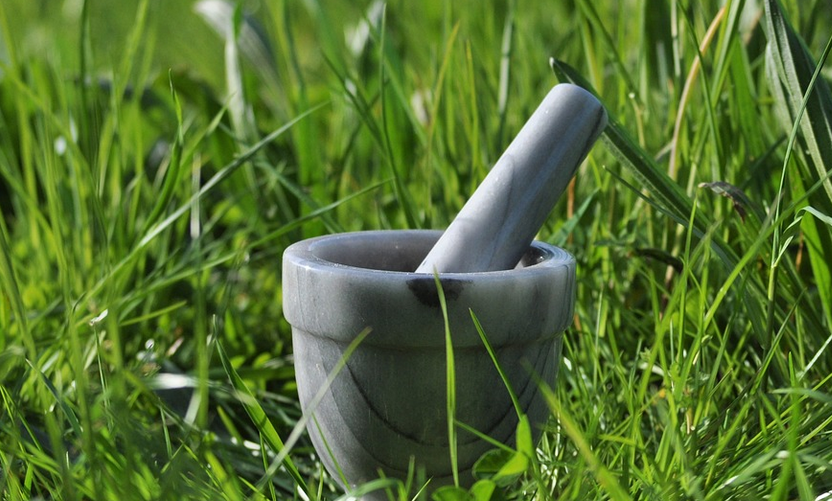Introduction
In the world of chemistry, parts per million (PPM) and parts per billion (PPB) are commonly used units of measurement. These units are used to express the concentration of a substance in a mixture, and they are particularly useful when dealing with very small quantities of a substance.
What are PPM and PPB?
PPM and PPB are both ratios that express the amount of a substance in a mixture relative to the total amount of the mixture. PPM stands for parts per million, which means that there is one part of the substance for every one million parts of the mixture. PPB stands for parts per billion, which means that there is one part of the substance for every one billion parts of the mixture.
Why are PPM and PPB important in chemistry?
PPM and PPB are important in chemistry because they allow chemists to express the concentration of a substance in a mixture in a way that is easy to understand. They are particularly useful when dealing with very small quantities of a substance, such as in environmental monitoring or in the pharmaceutical industry.
How to Calculate PPM and PPB
Calculating PPM and PPB is relatively straightforward. To calculate PPM, you simply divide the amount of the substance in the mixture by the total amount of the mixture and multiply by one million. To calculate PPB, you divide the amount of the substance in the mixture by the total amount of the mixture and multiply by one billion. For example, if you have 1 gram of a substance in 1 million grams of mixture, the concentration would be 1 PPM. If you have 1 gram of a substance in 1 billion grams of mixture, the concentration would be 1 PPB.
Applications of PPM and PPB
PPM and PPB are used in a wide range of applications, including:
Environmental Monitoring
PPM and PPB are commonly used in environmental monitoring to determine the concentration of pollutants in the air, water, and soil. By measuring the concentration of pollutants in parts per million or parts per billion, environmental scientists can determine whether the levels of pollutants are within safe limits.
Pharmaceuticals
PPM and PPB are also used in the pharmaceutical industry to measure the concentration of active ingredients in drugs. By measuring the concentration of active ingredients in parts per million or parts per billion, pharmaceutical companies can ensure that their drugs are safe and effective.
Agriculture
PPM and PPB are used in agriculture to measure the concentration of nutrients in soil and fertilizer. By measuring the concentration of nutrients in parts per million or parts per billion, farmers can ensure that their crops are getting the nutrients they need to grow.
Conclusion
PPM and PPB are important units of measurement in chemistry, particularly when dealing with very small quantities of a substance. They are used in a wide range of applications, from environmental monitoring to pharmaceuticals to agriculture. By understanding how to calculate PPM and PPB, you can gain a better understanding of the concentration of substances in mixtures and their potential impact on the environment and human health.

